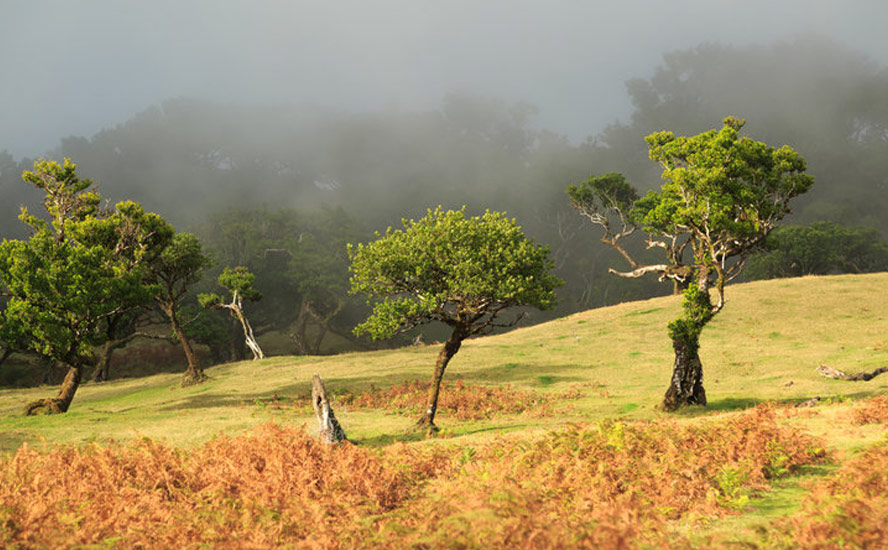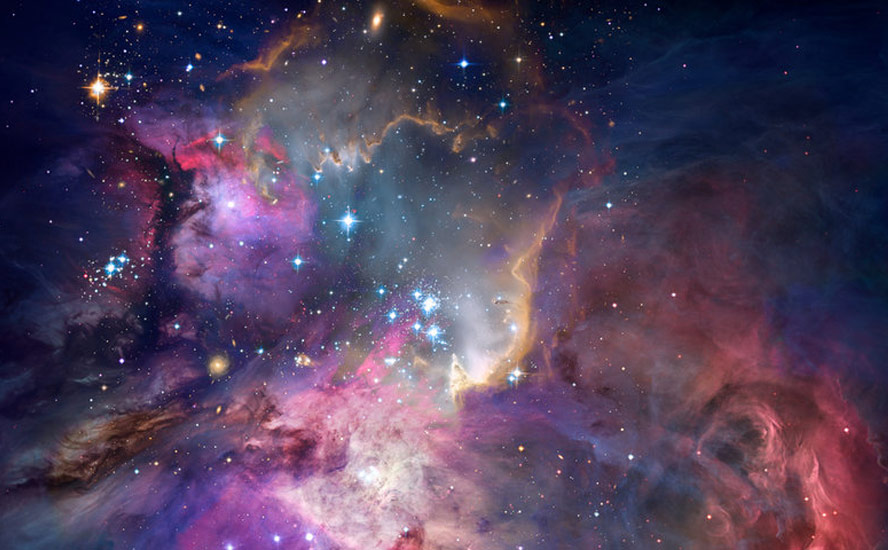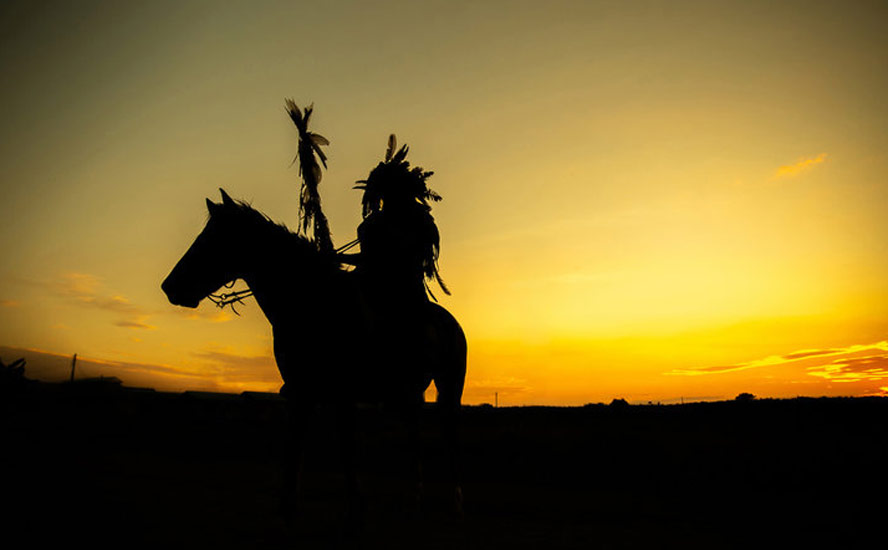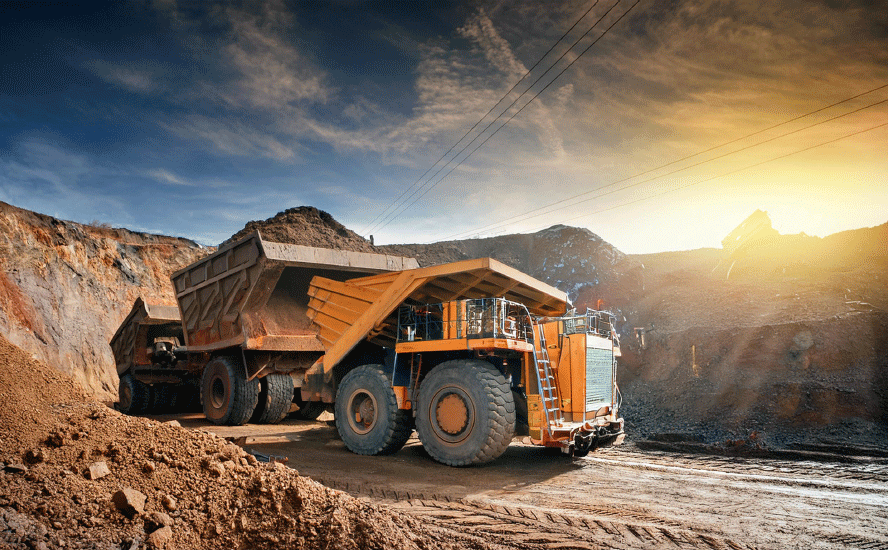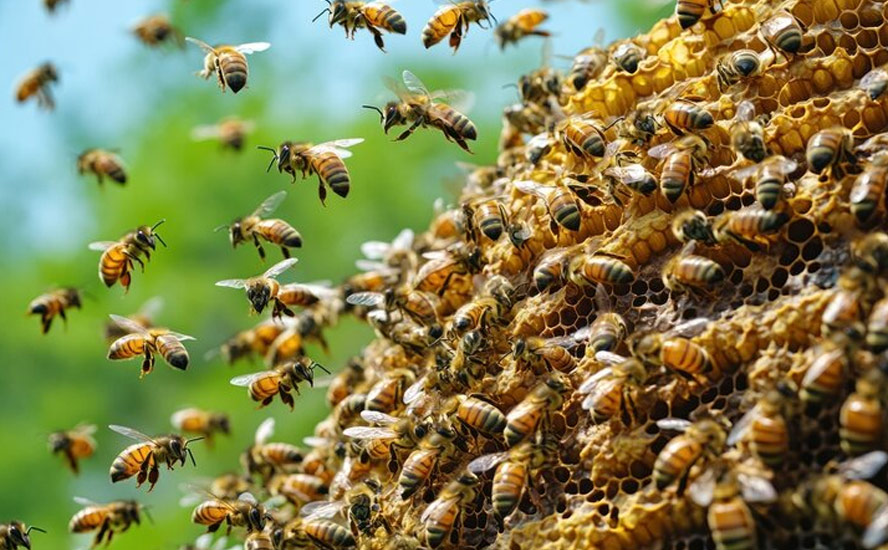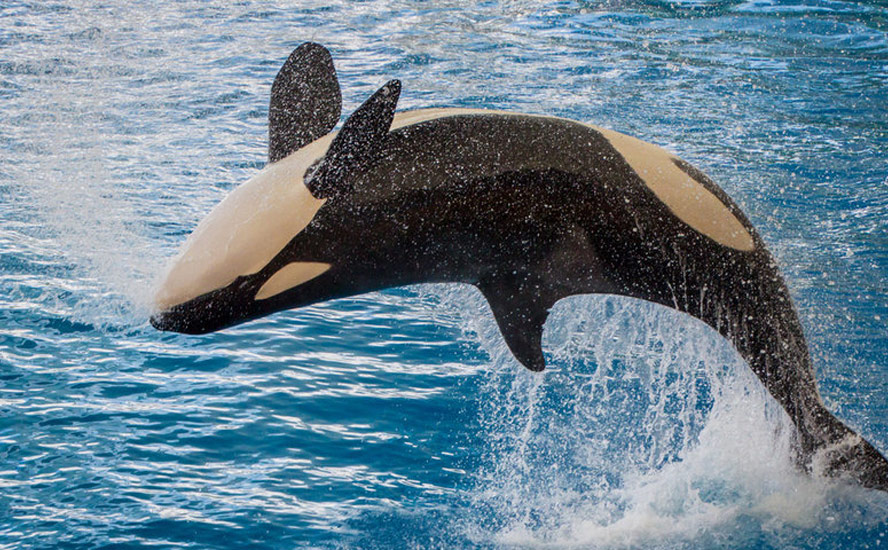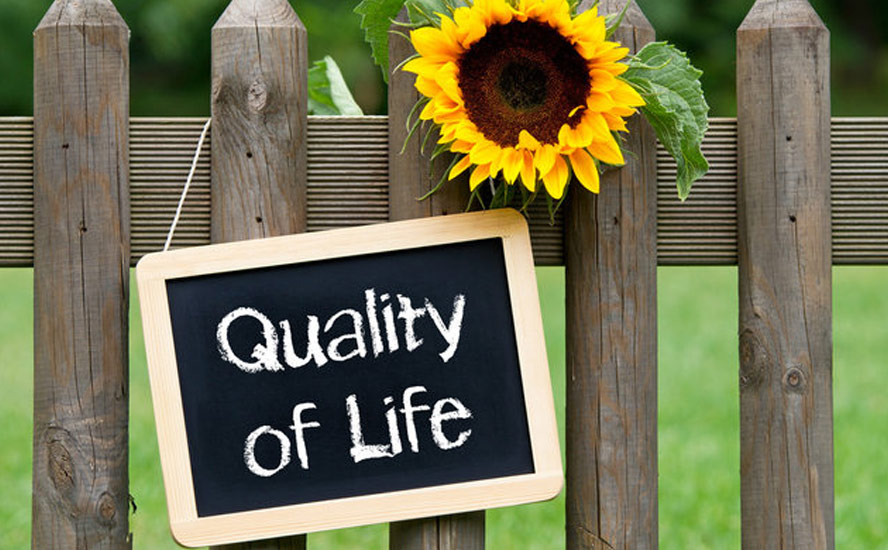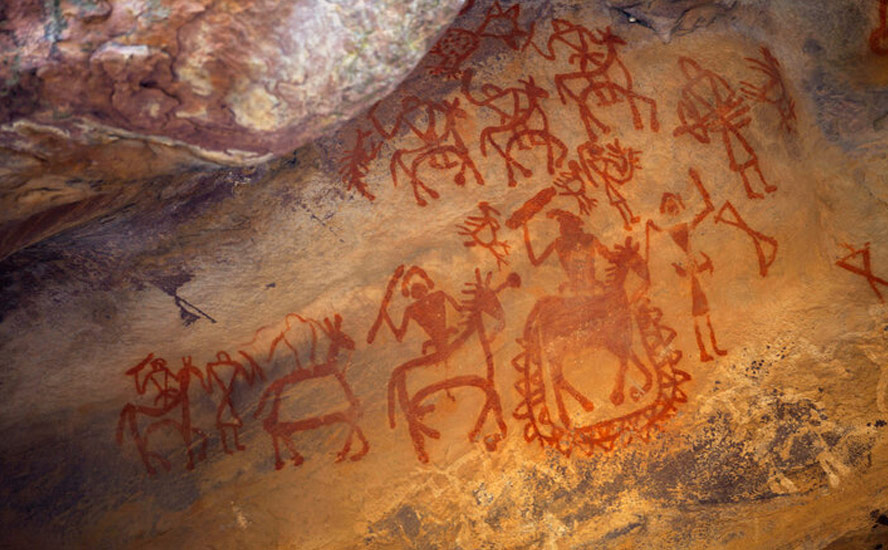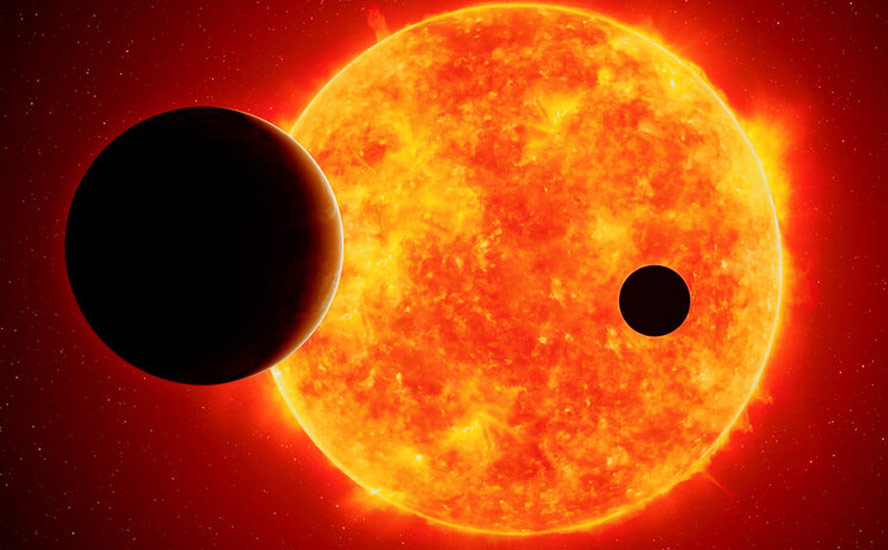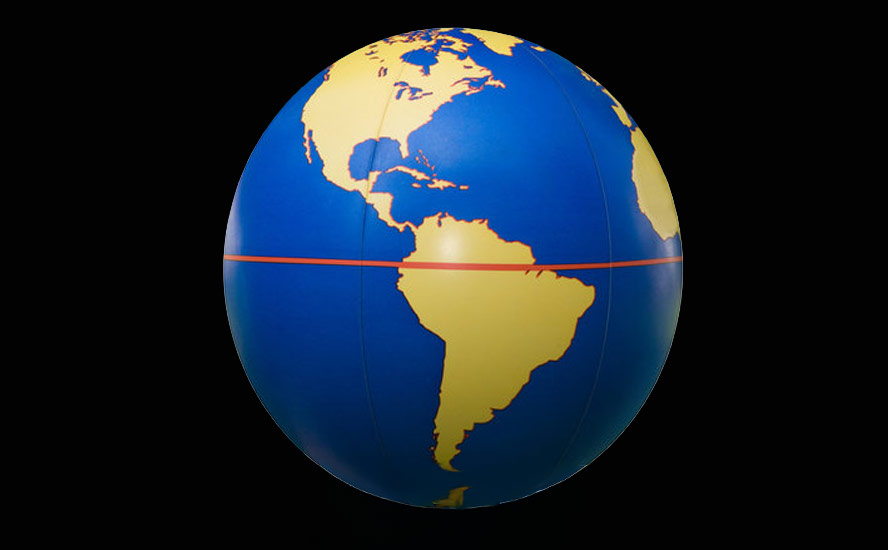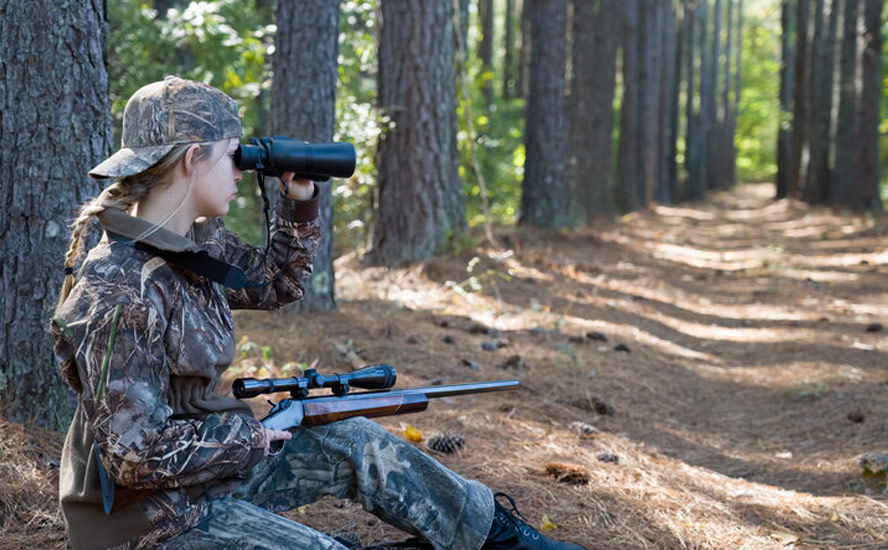Bye bye BC’s killer whales
2021.11.23
British Columbia residents are learning new climate science terms being used by the media to explain the extreme weather the province has experienced over the past few months.

The first is “heat dome”, describing a prolonged stretch of hot weather in British Columbia that killed over 500 people in the province, and with the help of lightning and humans, caused tinder-dry forests to burn for months. Out-of-control wildfires, evacuation orders, and dangerous to breathe smoke that blankets communities for weeks, are now annual events in the BC Interior. According to the CBC, nearly 8,700 square kilometers of land were burned in 2021 due to wildfires, making it the third worst year on record.
The second is atmospheric river (or AR), employed by meteorologists in the days leading up to and after the unrelenting Nov. 14-15 deluge that caused deadly mudslides, forced the closure of highways, stranded hundreds of drivers, and saw flooded-out residents of Merritt, parts of Abbotsford and other BC communities flee their homes under an evacuation order.
“According to a 2013 report co-produced by B.C.’s environment ministry, ARs typically form in eight oceanic regions around the world, some closer to continental coasts than others. One of those regions is just off North America’s western coast and can produce between one to two dozen of them per year.
One commonly observed atmospheric river, which brings water vapour from the tropical Pacific Ocean near Hawaii to the American and Canadian west coast, is also known as the Pineapple Express…
In 2019, Ralph and his team at the Scripps Institution of Oceanography developed a new scale of categories for ARs, similar to how hurricanes are rated on a scale of intensity, from 1 (the weakest) to 5 (the strongest). An AR1, as it’s called, is considered mostly beneficial, while AR4s and AR5s are dangerous and potentially deadly to humans.
Matthias Jakob, a geoscientist at the Vancouver consulting firm BGC Engineering, estimated that the recent storms that have battered B.C. would rate between a Category 4 or 5 on that scale, described as “mostly or primarily hazardous.”
Ralph said that two ARs, both of which would rank a Category 4 or 5, recently hit the B.C. coast “bac-to-back,” inundating the landscape with moisture, leading to the massive scale of flooding and landscapes.” What on Earth CBC Explains
Over 48 hours, more rain fell than average November totals going back as far as 1981. An Environment Canada meteorologist said there were several factors that increased the storm’s intensity, including “burn scars” left from the forest fire season, and melting snow on the mountains that wasn’t thick enough to survive the rain.


British Columbians are now bracing for the next storm system to arrive. Environment Canada has issued a series of warnings for the northern half of the province, to expect dangerously high winds and heavy snowfalls. There are also snow advisories for the Fraser Canyon and Fraser Valley, two areas pummeled last week by flooding and landslides.
An atmospheric river system bringing heavy rain to the north coast over the weekend has prompted a new flood watch for Haida Gwaii, Prince Rupert, Kitimat and surrounding areas, CBC News reported. The region could see up to 300 millimeters of rain by Monday night.
Atmospheric rivers
According to the National Oceanic and Atmospheric Administration (NOAA), an atmospheric river is a flowing column of condensed water in the atmosphere responsible for producing significant levels of rain and snow.
They can stretch up to 1,600 kilometers long and over 640 km wide, and on average carry an amount of water equivalent to 25 Mississippi rivers, hence their nick name “rivers in the sky”.
The weather phenomenon usually starts in the tropics, bringing large masses of warm air to areas like the west coast of North America. When the rivers cross over mountainous regions like the BC coast, the vapor condenses to precipitation, dumping a month’s worth of rain or snow in a matter of days.


The “Pineapple Express” weather system that usually visits southern BC with a cleansing of warm winter rain from Hawaii, is a type of atmospheric river. Up to 50% of annual precipitation on the west coast of the United States occurs in just a few “AR” events, according to the NOAA.
Less-intense atmospheric rivers form an essential function of bringing fresh water supply to the continents. But the bigger they get, the more dangerous they can be, triggering landslides and floods resulting in damages totaling millions and sometimes billions of dollars.
As for whether climate change is making atmospheric rivers worse, the CBC quotes a 2018 study in the journal ‘Geophysical Research Letters’, which says we can expect atmospheric rivers that reach the B.C. coast to become up to 25 per cent wider, 25 per cent longer and overall 50 per cent more intense than before.
This is because the warmer the air is, the more water vapor it can carry. The Canadian news site also references Vancouver-based geoscientist Matthias Jakob, who predicts rainfall events will also become longer, lasting four or five days versus the usual one or two, and that as rivers drench and destabilize the terrain, it will lead to more frequent and damaging landslides:
Jakob estimated that if an atmospheric river’s storms could trigger up to 20 landslides over the North Shore Mountains overlooking North Vancouver, a stronger AR by the end of the century could cause 80 landslides.
Compounding the threat are increasingly severe wildfires, which incinerate trees, leaves and the forest floor that would otherwise absorb moisture and precipitation. More ash on the hillsides can lead to more “fluid landslides,” said Jakob, leading to even more damaging outcomes.
Salmon in peril
Local news sources have been full of coverage of livestock in the Fraser Valley, positive stories of neighbours banding together to help farmers to rescue their cattle, and negative ones like the farmer who was unable to save tens of thousands of chickens from drowning when the Sumas River dike was breached.
Another more much more important species at risk from the flooding are the salmon and steelhead that use area rivers to spawn and live in as smolts.
Biologists say the main concern is whether eggs and smolts have been washed away by the 2 back-to-back once-in-a-century storms that BC just experienced. Either that, or the flood could have covered them in sediment or silt, in which case they would also die. The floods and disturbed creeks could ultimately wipe out an entire year of BC salmon.
“If you have really heavy flows coming down and scouring that gravel away, those embryos are toast. They are dead,” the Vancouver Sun quoted Marvin Rosenau, a fisheries instructor in the department of fish, wildlife and recreation at the BC Institute of Technology.
It looks especially grim for the chum salmon run on the Goldstream River just outside of Victoria. This year the run was a third to a quarter of average, making the rain on top of an already low return especially devastating for the young smolts.
Rosenau noted the atmospheric river caused an extraordinary one-in-500-year event with flows of 6,300 cubic meters per second.
“We know at these levels the gravel moves in the Fraser… The problem is that we just had three or four million salmon lay eggs in the gravel,” he said. The Fraser River between Hope and Mission is one of the province’s largest salmon runs, with about 50% of the pink salmon run spawning in the river’s main stem.
The storm is yet another stressor for salmon on BC’s south coast, where stocks have spiraled downward after decades of overfishing, habitat destruction and development.
In June 2019, early runs of Stuart sockeye and chinook salmon were obliterated by a massive landslide. Officials with Fisheries and Ocean Canada estimated the blockage preventing the fish from swimming up-river resulted in 89% of early Stuart and 99% of early sockeye being lost.
The Big Bar incident occurred in a remote and rugged canyon along the Fraser River north of Lillooet, when over 85,000 meters of rock sheared off from a 125-meter-high cliff and fell into the river. The large blocks of rock created a five-meter waterfall that trapped migrating salmon below the slide.

Their odds of survival have also been threatened by recent warming events such as the “heat dome” at the end of June. The record-breaking heat wave saw temperatures in the Okanagan River rise to 23 degrees C, causing sockeye salmon to halt their migration.
Both Atlantic and Pacific salmon are cold-water fish, meaning they do best at temperatures in the mid-teens. Warmer water holds less oxygen, making it harder for fish to breathe. The heat also makes it challenging to swim and can stress them when they are trying to get to spawning grounds. Some don’t survive to spawn, while others produce less healthy offspring.
In 2016, warm temperatures were blamed for the lowest number of returning sockeye in B.C.’s Fraser River on record, and two years later, officials warned that the river was so warm that migrating sockeye salmon might die on their journey, the CBC said. In 2019, there were heat-related salmon die-offs blamed in Alaska and at a fish farm in Newfoundland
On top of extreme heat, climate change is causing drier conditions that affect river flows and temperatures. For example shrinking glaciers and smaller snowpacks reduce the amount and depth of water, causing them to heat up more quickly. “By the late summer, rivers are running low and becoming lethally hot for salmon,” stated Aaron Hill, executive director of the Watershed Watch Salmon Society.
People are also taking too much groundwater that would otherwise seep into streams. Deforestation from wildfires, pests like the mountain pine beetle, and clearcut logging, have all increased erosion and landslides, which have destroyed or threaten to wreck spawning grounds and impede spawning salmon from continuing their lifecycle.
“It’s just this compounding, interacting set of impacts, both natural and human caused,” Hill said, via the CBC.
While it’s too early to say what effects the atmospheric river, or rivers, since we are expecting more heavy rain and snow this week, will have on the BC salmon fishery, we do know that salmon are an important part of the killer whale’s diet (the giant cetaceans also target seals, sea birds, other whales larger than themselves, and even Great White sharks). Tourists flock to the Pacific Northwest to catch a glimpse of southern-resident killer whales, which are on the Endangered Species List in Canada and the United States.
According to the WWF, An orca calf born in January 2019 was the first successful [southern-resident] birth in three years. Since 2016, 15 killer whales have been listed as missing and presumed dead. Today, only 72 of these endangered animals remain.
If killer whales eat salmon and this year’s (and future) salmon runs are decimated, on top of the BC government’s plans for more tankers carrying liquefied natural gas in orca waters, it’s worth asking: do increasingly intense atmospheric rivers, heat domes and the exporting of LNG to Asia spell the death of BC’s killer whales?
Plans for BC LNG
In 2020 British Columbia’s newly-elected NDP government approved LNG Canada, the first plant of its kind to get the green light in the province.
LNG Canada consists of an export plant that cools the natural gas to a liquefied form using a combination of hydro-electricity and natural gas, states LNG Canada. The pipeline, called Coastal GasLink, is being built and operated by TransCanada, now called TC Energy. It will extend from the Montney natural gas field in northeastern BC to the LNG terminal in Kitimat. Initially LNG Canada will export LNG from two processing units or “trains” with approximate capacity of 2.1 billion cubic feet of natural gas per day. The plan is to double capacity to four trains, at 5 billion cubic feet per day.
Premier John Horgan’s NDP government also approved the $10.7 billion Site C dam in late 2017, knowing full well that it would be needed to power LNG Canada and future LNG plants, not BC homes and businesses, which are in the works.
For example, the Nisga’a First Nation, whose territory is north of Prince Rupert near the Alaska border, has reportedly proposed a new LNG export facility, to be built on treaty land. Called Ksi Lisims LNG, the project is a partnership between the Nisga’a and a group of Western Canadian natural gas producers called Rockies LNG Partners, and Western LNG, a Texas-based energy company. It is estimated to cost an eye-watering $55 billion, including $10B for the floating terminal, $10B for a pipeline, and $35 billion to generate the natural gas needed.
Laughably, the Nisga’a say they can make the project have net-zero emissions within three years of starting operations, which are targeted for late 2026 or 2027. It’s difficult to imagine how that is possible when the partnership is planning to spend $35B to find and frack new natural gas.

Construction on the Coastal GasLink pipeline that will feed gas to LNG Canada, quietly started up in July, 2020.
Killer whales and LNG
According to The National Post, LNG will bring more marine traffic to BC’s waters than the current Trans Mountain Expansion Project will – about 350 LNG tankers per year compared to 300 oil tankers.
It has long been suspected that engine noise from freighters, cruise ships and other large vessels disturbs cetaceans, the family of marine mammals that includes whales, porpoises and dolphins. A few years ago, researchers found that male humpback whales swimming close to freighters stop “singing” to attract females. They also noticed that the noise from the ships impacted the ability of the whales to navigate and to identify food, a process known as echolocation. Cetaceans use sound to bounce off salmon and other prey in order to locate them.
A similar study was done with killer whales, up the US West Coast as far as Puget Sound.

Noise from the loudest ships was found to be 173 underwater decibels, which equates to around 111 dB in air — around the same level as a loud rock concert.

Note that as the oceans warm due to climate change they become more acidic due to increased CO2 absorption — this change in ocean acidity will allow sounds to travel up to 70% farther underwater. This will increase the amount of noise, further affecting the behavior of marine mammals like killer whales, including their ability to mate.
Government hypocrisy
Extracting natural gas through hydraulic fracturing, transporting it to a terminal, and then super-cooling it for transport in tankers, is not clean energy; in fact its dirtier than coal.
To turn it into liquid form, the gas must be cooled to 163 degrees below zero. To do that requires a great deal of power, with massive compression units running 24/7. Where does that power come from? In most cases, the same fracked natural gas is used to run the compression units, which defeats the purpose of LNG as “clean”.
According to Wood Mackenzie, LNG will be the biggest source of carbon emission growth by 2025 – due to strong demand from Asian buyers.
The BC government estimates LNG Canada in its first phase will emit 4 megatonnes of greenhouse gases per year. Emissions from the first and second phase would represent nearly three-quarters of the province’s legislated target for greenhouse gas emissions in 2050, set at 13 megatonnes/yr.
Opponents say the project will blow the NDP’s goal of cutting GHGs by 40% by 2030 and 80% by 2050, out of the water.
It’s ironic that we in BC, who purport to be so “green” (former Vancouver Mayor Gregor Robertson wanted to make Vancouver the “greenest city on the planet” with bike lanes; the City five years ago voted to ban natural gas, the home heating fuel by 2050; and the current BC government passed legislation requiring all light-duty cars and trucks to be zero-emissions by 2035) are presiding over an industry that is going to belch natural gas and methane, which is 86 times more damaging than CO2 over a 20-year period.
At the recent COP26 climate conference, over 100 countries including the United States and the EU signed a pledge to limit methane emissions by 30% compared with 2020 levels.
Then we’re going to turn around and sell that gas to China, so that it can get off of coal and build natural gas plants that will be just as dirty, if not dirtier?
Natural gas is mostly methane (CH4), a potent greenhouse gas that is over 25 times more efficient than carbon dioxide at trapping heat in the atmosphere over a 100-year period. The Global Methane Pledge from COP26 acknowledges that methane is one of the most potent greenhouse gases, responsible for a third of current warming from human activities.
Most methane leaks come from flaring excess NG instead of putting it into a pipeline. The journal ‘Nature’ published a study saying that the US oil and gas industry emits 13 million tonnes of methane a year, which is 60% higher than the EPA’s estimate.
How do we get the natural gas for LNG? We frack it. Most of the conventional natural gas formations in British Columbia have already been depleted. What’s left is “tight gas” trapped in shale rock formations, primarily the Montney in northeastern BC. According to the BC Oil and Gas Commission, only 22% of BC’s remaining natural gas reserves are conventional; the rest are unconventional, which involves fracking.

As use of fracking technology has increased worries are growing about its impact on our fresh water supply.
Fracking just one well can use 2 to 8 million gallons of water with the major components being water (90%), sand or proppants (8-9.5%), and chemicals (0.5-2%). One 4-million-gallon fracturing operation would use from 80 to 330 tons of chemicals and each well will be fracked numerous times. Many of these chemicals have been linked to cancer, developmental defects, hormone disruption, and other conditions. The water gets contaminated after the fracking process and is disposed of in tailings ponds or is injected into deep underground reservoirs.
Cracked wells and rock movement frequently leak fracking fluid and gases into nearby groundwater supplies. Fracturing fluid leak-off (loss of fracturing fluid from the fracture channel into the surrounding permeable rock) can exceed 70% of injected volume.
Methane concentrations are 17 times higher in drinking-water wells near fracturing sites than in normal wells. Hydraulic fracturing increases the permeability of shale beds, creating new flow paths and enhancing natural flow paths for gas leakage into aquifers.
Fracking has also caused benzene poisoning among pregnant women in northeastern BC – natural gas country – and is known to cause earthquakes.
In other cases it has depleted water supplies, depriving other users of necessary irrigation or drinking water. The need for so much fresh water in the fracking process has resulted in the construction of at least 90 unlicensed dams in northeastern BC, some of which may be unsafe.
In fact there is evidence of a government cover-up of the risk fracking presents to dam safety. The Canadian Center for Policy filed a Freedom of Information request with BC Hydro, asking the Crown corporation whether fracking could trigger earthquakes that cause Peace River dams to collapse.
According to The Narwhal, even before a fracking boom gets underway in the Peace region to support LNG Canada, there are over 11,000 inactive fracking wells in BC that need to be decommissioned and rehabilitated.
Conclusion
Let’s sum up. The atmospheric rivers of rain we have been hit with this year in British Columbia, combined with the earlier “heat dome”, forest fires, mudslides and floods, are a prelude of what’s to come. Little was actually accomplished at the COP26 climate conference and we at AOTH fully expect the planet to keep warming, until it begins to cool, as the Earth has done geologically for eons. Man-made climate change is just speeding up what would have already happened.
The destruction of the salmon habitat is like a canary in a coal mine. We can expect more atmospheric rivers that destroy eggs and smolts; these rivers of rain will carry more precipitation and be more intense, causing more damage to property, species and potentially costing more human lives.
Our salmon fisheries were already in trouble due to overfishing, habitat destruction due to development, deforestation and naturally occurring events like the Big Bar landslide. Now the bottom-of-the-food chain fish which are prey to all kinds of higher-level fish and mammals such as killer whales, must contend with too-warm rivers due to hotter summers, and the destruction of spawning grounds owing to massive rainfalls/ muddying of rivers & creeks.
To this we must add the fact that we are fracking for natural gas in the northeast of the province and building hundreds of kilometers of new pipelines which means clearing more land and disturbing more creeks that mature salmon need to swim up to spawn.
A month ago the BC government released its latest plan for cutting greenhouse gas emissions. The plan was panned by environmental groups and First Nations for not addressing LNG.
A CTV News story quoted a Sierra club spokesperson saying that she is concerned about the government’s lack of regulatory information and extraction caps on natural gas.
She said the work being done to reduce emissions in other areas is at risk of being “neutralized” by emissions from LNG extraction, production and export to other countries, and “There was also no information provided on how the province will ensure emissions increase from building LNG terminals and expanding fracking will be kept below a certain level.”
“The provincial government claims they will not allow emissions from the sector to impact the ability to meet its targets but there is no cap for LNG production or other binding mechanisms.”
In other words, the BC NDP, and the BC Liberals before them, have given LNG a pass when it comes to reducing the province’s carbon footprint. How green is that?
We are supposedly a green province yet we are going balls to the wall to frack more natural gas to feed at least 22 compressor plants up and down the BC coast, so that we can ship an annual 350 LNG tankers to Asia, by transiting the natural habitat of the endangered southern-resident (and northern-resident) killer whales. Even if the whales can find enough salmon to eat, with that many tankers plowing through their waters with the noise level of a rock concert, will they be able to find mates? It seems a perfect storm is brewing for their extinction sooner rather than later.
Richard (Rick) Mills
aheadoftheherd.com
subscribe to my free newsletter
Legal Notice / Disclaimer
Ahead of the Herd newsletter, aheadoftheherd.com, hereafter known as AOTH.
Please read the entire Disclaimer carefully before you use this website or read the newsletter. If you do not agree to all the AOTH/Richard Mills Disclaimer, do not access/read this website/newsletter/article, or any of its pages. By reading/using this AOTH/Richard Mills website/newsletter/article, and whether you actually read this Disclaimer, you are deemed to have accepted it.
Any AOTH/Richard Mills document is not, and should not be, construed as an offer to sell or the solicitation of an offer to purchase or subscribe for any investment.
AOTH/Richard Mills has based this document on information obtained from sources he believes to be reliable, but which has not been independently verified.
AOTH/Richard Mills makes no guarantee, representation or warranty and accepts no responsibility or liability as to its accuracy or completeness.
Expressions of opinion are those of AOTH/Richard Mills only and are subject to change without notice.
AOTH/Richard Mills assumes no warranty, liability or guarantee for the current relevance, correctness or completeness of any information provided within this Report and will not be held liable for the consequence of reliance upon any opinion or statement contained herein or any omission.
Furthermore, AOTH/Richard Mills assumes no liability for any direct or indirect loss or damage for lost profit, which you may incur as a result of the use and existence of the information provided within this AOTH/Richard Mills Report.
You agree that by reading AOTH/Richard Mills articles, you are acting at your OWN RISK. In no event should AOTH/Richard Mills liable for any direct or indirect trading losses caused by any information contained in AOTH/Richard Mills articles. Information in AOTH/Richard Mills articles is not an offer to sell or a solicitation of an offer to buy any security. AOTH/Richard Mills is not suggesting the transacting of any financial instruments.
Our publications are not a recommendation to buy or sell a security – no information posted on this site is to be considered investment advice or a recommendation to do anything involving finance or money aside from performing your own due diligence and consulting with your personal registered broker/financial advisor.
AOTH/Richard Mills recommends that before investing in any securities, you consult with a professional financial planner or advisor, and that you should conduct a complete and independent investigation before investing in any security after prudent consideration of all pertinent risks. Ahead of the Herd is not a registered broker, dealer, analyst, or advisor. We hold no investment licenses and may not sell, offer to sell, or offer to buy any security.
Legal Notice / Disclaimer
Ahead of the Herd newsletter, aheadoftheherd.com, hereafter known as AOTH.Please read the entire Disclaimer carefully before you use this website or read the newsletter. If you do not agree to all the AOTH/Richard Mills Disclaimer, do not access/read this website/newsletter/article, or any of its pages. By reading/using this AOTH/Richard Mills website/newsletter/article, and whether you actually read this Disclaimer, you are deemed to have accepted it.




